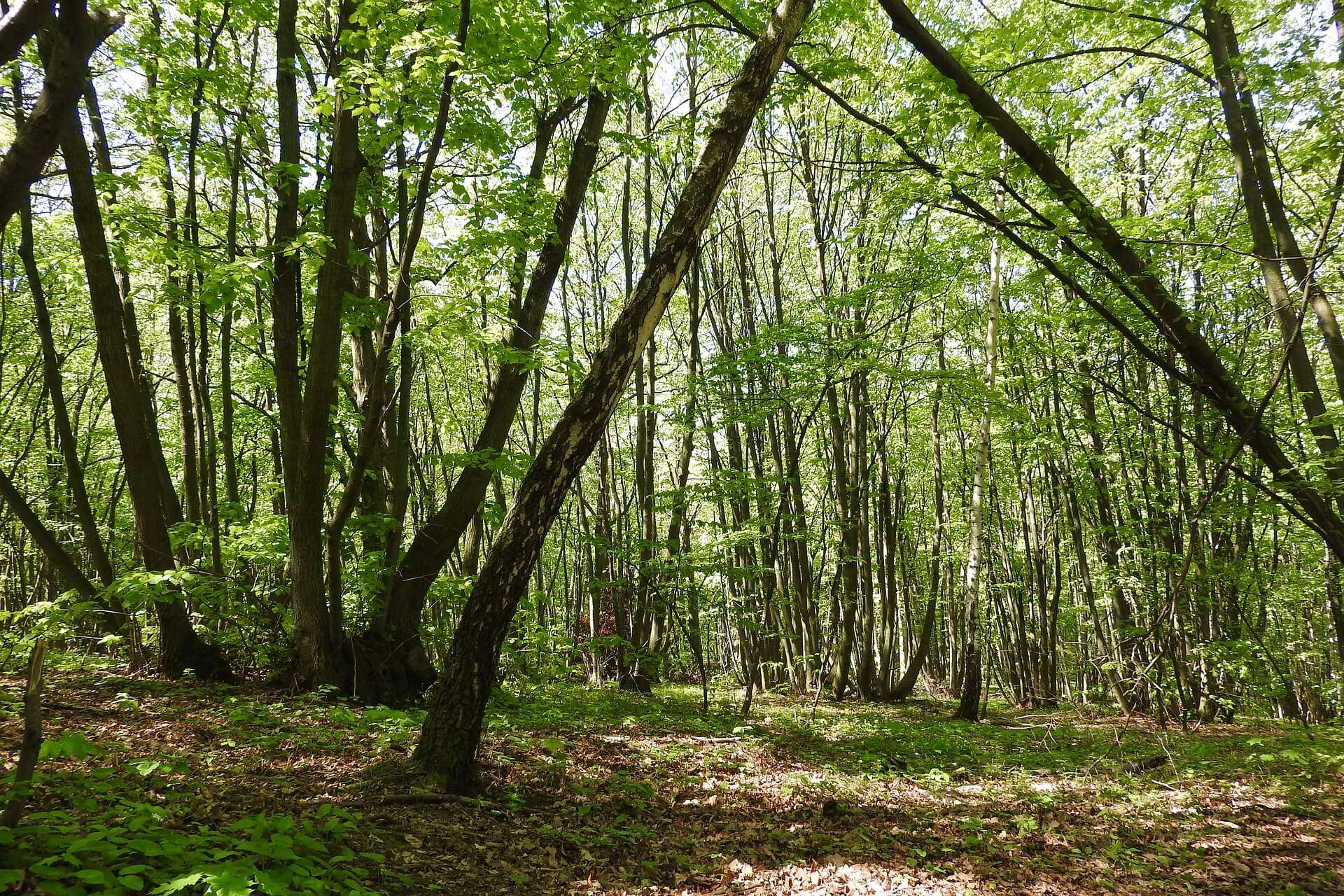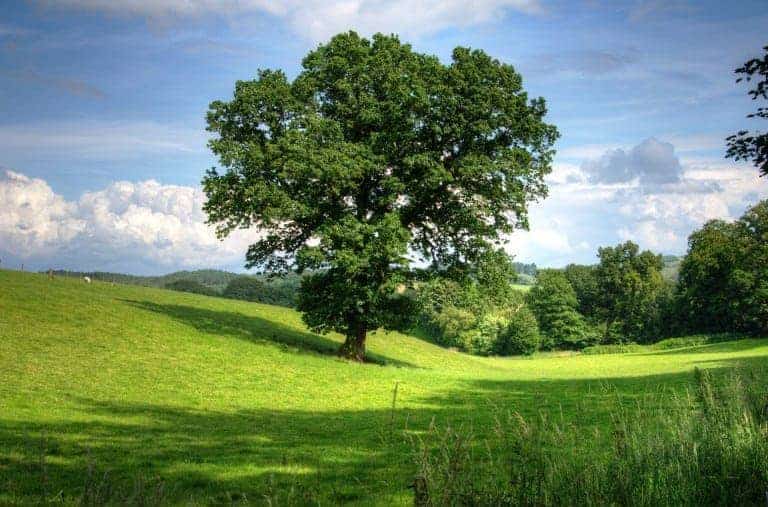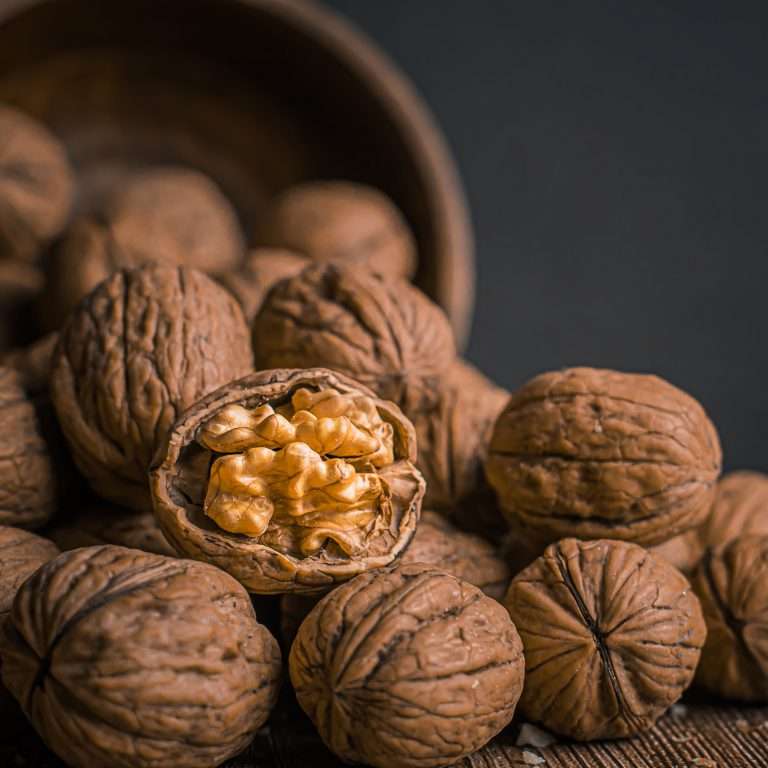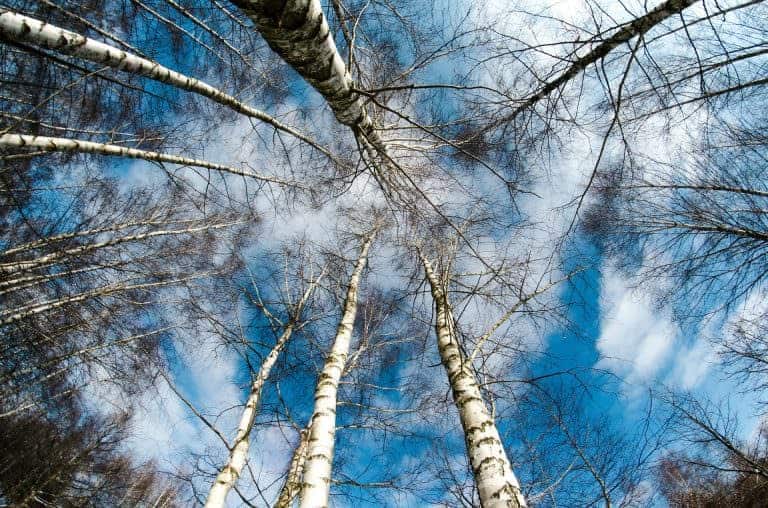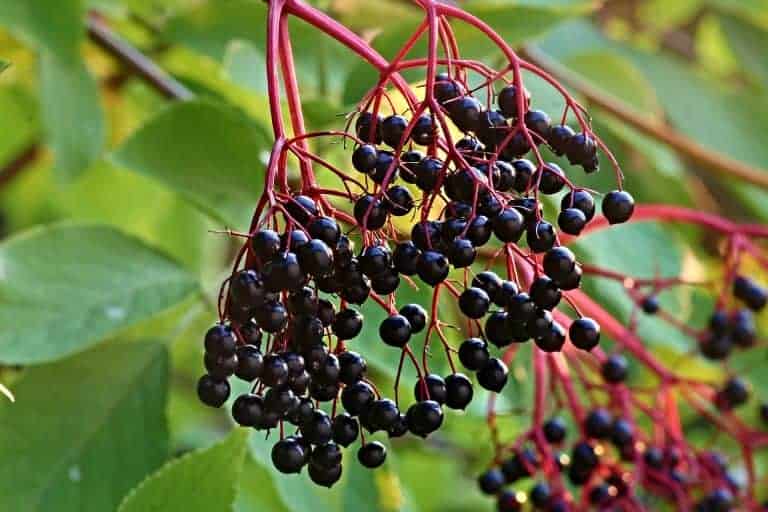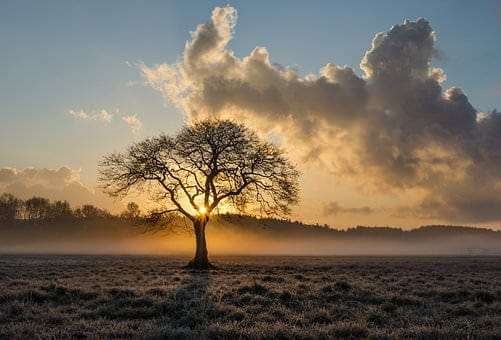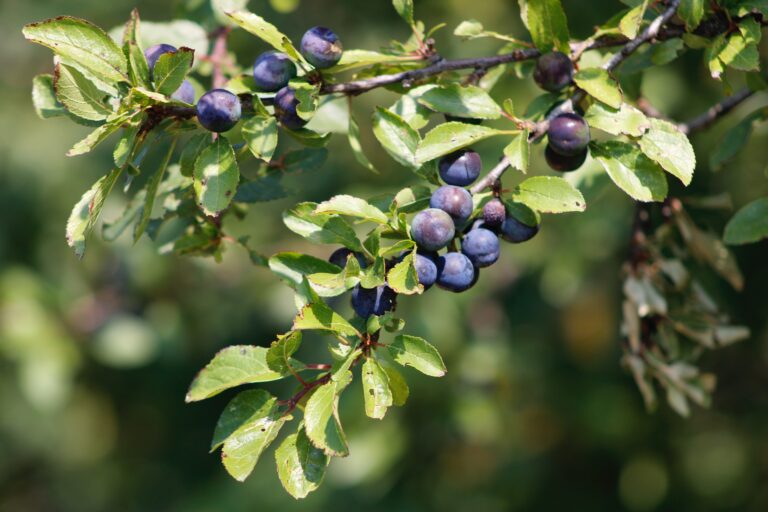Coppicing Woodland
Coppicing is a woodland management practice that dates back to the Neolithic era. This method was used to keep a good source of wood that could be relied upon year after year in rotational patches.
By the middle ages the most common form of woodland management was a six year coppice rotation, referred to as short rotation coppicing.

When left un-coppiced the Hazel can grow to 12 metres and live for up to 80 years. But when it is coppiced this native tree can live for several hundred years.
This periodic cutting of the tree not only acts to prolong the trees life span, but also gives a greater diversity of habitats for wildlife who depend on the woodland.
The coppiced trees are cut right back, and this level of trimming often looks brutal, but the tree then grows back strong, young, healthy regrowth from the stump. This method of cutting creates epicormic growth producing multiple shoots, or poles, rather than one main trunk.
The tree’s regrowth is rapid, often growing at a rate of 2 metres a year. Once these poles are the desired length they are then coppiced to give a sustainable source of wood, if carried out correctly.

Coppiced wood has value for many reasons, providing products such as-
There are multiple species of tree that thrives through coppicing providing a range of timber types, though traditionally this method would have been heavily relied on for fire wood too.

Traditionally woodland would be divided in to sections and coppiced in rotation. The stage that the coppiced sections are cut depends on the tree species, the health of the tree as well as what the timber is intended for.
Some patches of woodland will contain un-coppiced trees to maintain a wider variety of age and foliage cover for wildlife habitat diversity.
When areas are newly coppiced more sunlight can get through to reach the woodland floor. This increase in light encourages a surge of life from dormant seeds and plants. In turn this leads to a greater range of wildlife too.
Woodland flora such as bluebells, wood anemones and violets get an opportunity to establish and thrive, supporting pollinators. Where as species such as brambles and grasses, who need prolonged periods of light in order to be established, don’t get the chance to thrive as the coppiced leaf cover thickens once again, restricting the light to the woodland floor once more.

As the shade to the woodland floor increases again, species such as dog’s mercury continue to thrive again. This gives a greater diversity of plant life as the sun and shade intensity varies throughout the coppicing cycle.
By encouraging plant diversity in this way a greater variety of wildlife are supported too, giving them an opportunity to thrive, not just survive.
There are many species of insect, especially butterflies, that rely solely on only one species of plant or tree. Their larvae will only feed on, and therefore survive on, one or two species of woodland plant. With many such species of wildlife relying on only one or two plants it is obvious why encouraging plant diversity is so important.
As well as plant diversity, newly coppiced areas give pockets of warmer micro climates close to the ground. This gives ground dwelling species, and some plant life, extra warmth compared to the years when the tree growth is higher.
It has been found that insect species, such as ground beetles and wolf spiders thrive in the year after the area has been coppiced, it is thought they have benefited from the warmer microclimate at this point of the cycle.
There are changes in the behaviour and survival rates in small mammals within the coppicing cycle too. An increase in insects brings an increase in birds with the variety and amount of food on offer facilitating greater survival rates.
The downside though, is that at certain points of the coppicing cycle there will be reduced nesting sites and materials when the tree cover is reduced right down to the ground. With this also sees a reduction in cover for protection leaving smaller birds more exposed to predators where they would usually hide away. This is why it is good management to having a good rotation and variety of tree species.

Coppicing gives a range of habitats for small mammals and access to varying food sources. Though by coppicing the Hazel this does remove the yearly abundance of Hazel nuts, a great source of food for small mammals, they will benefit from the nuts in part of the coppice rotation, but not early in the cycle. This is another great reason to have a diversity of tree species and ages, and rotate patches of coppice appropriately.
Numbers of species such as voles, mice and shrews have found to peak on the third year of a six year coppicing cycle as the leaf cover becomes dense once more, providing cover from predators, increasing habitat opportunities and greater food sources.
Greater diversity means a greater variety of habitats but also improves soil quality too. Soil quality is literally the foundation to a healthy woodland. So by managing what happens above the ground you can help boost what happens below the ground also.

Coppicing declined as the demand for coppiced materials decreased last century. With this decline saw the decrease in the health of our woodlands. By 1965 it was found that only 30,000 acres of woodland were being coppiced in the UK.
Though we are now seeing an increase once more, mainly due to to initiative and push from conservation organisations who are trying to educate and spread the word about the benefits to our precious woodlands of coppicing. Though there may not always be financial benefit to the land owner if coppiced products are not sought after, the benefits to our environment and wildlife is great, and that needs to be a large factor

